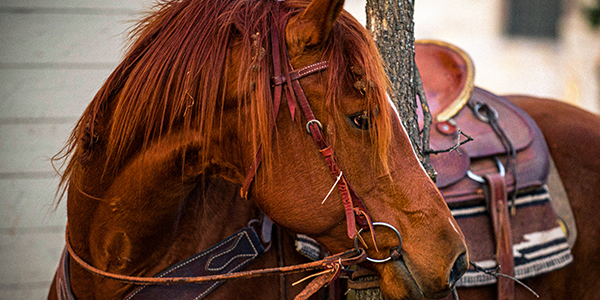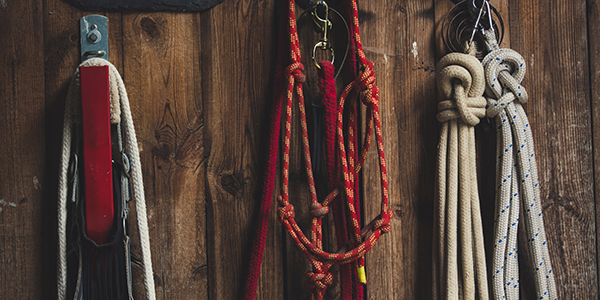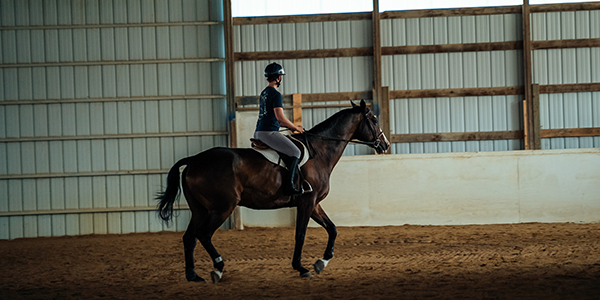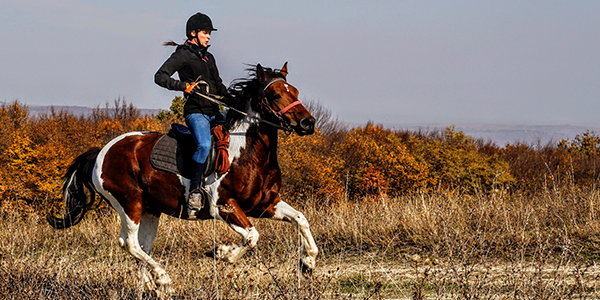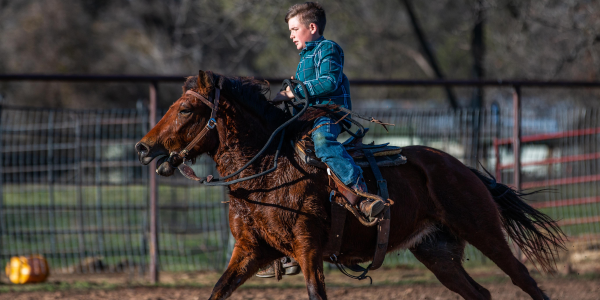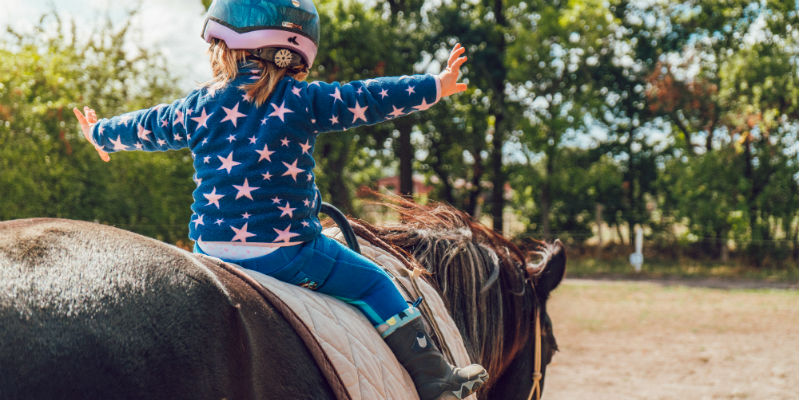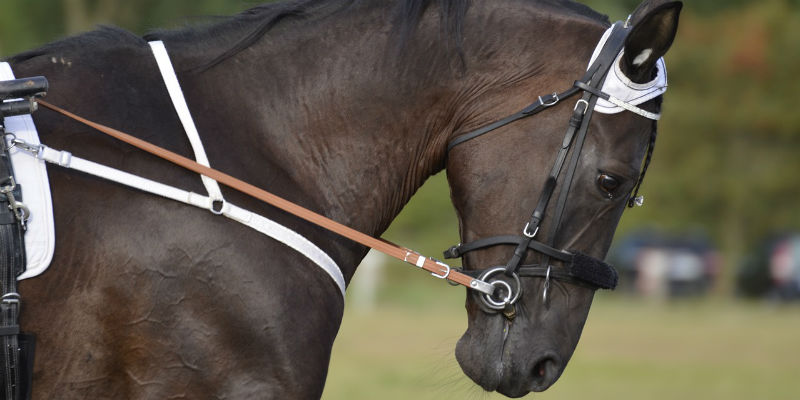Forming good habits is key to providing the best training for your horse. The more time a horse spends in the correct alignment and balance, the more firmly good habits form. That’s why performing exercises that correct and promote alignment and balance are so important. Continue reading for how often to perform corrective exercises and the benefits of doing so. Also, if you are looking for a horse property for sale in Colorado, contact Colorado Horse Property today and speak with one of our horse-person realtors.
Corrective Exercises & Good Horse Habits
Every horse is different, therefore the amount of correct exercises you should perform each training session will vary. However, most professional trainers recommend using three to five corrective exercises during each training session. The best time for corrective exercises is in the beginning before the horse is warmed up. This will prime your horse’s neurosensory and neuro-motor systems, which go along with the larger muscles. Here are some of the most common benefits you can look forward to after using corrective exercises.
The simplest change is that it will reduce the time spent in unhelpful movement patterns. But there are other benefits that go beyond the surface. For example, corrective exercises increase the range of motion in joints, which in turn creates reflexive “releases” and looseness. Your horse will also build up their postural muscles, often referred to as core muscles. Strengthening these muscles allow the limbs to move more freely, resulting in better engagement. Developing good postural habits will minimize confusion, tension, and anxiety in your horse. Lowering your horse’s anxiety will not only increase their productivity during training, but will reduce their susceptibility to illness.




